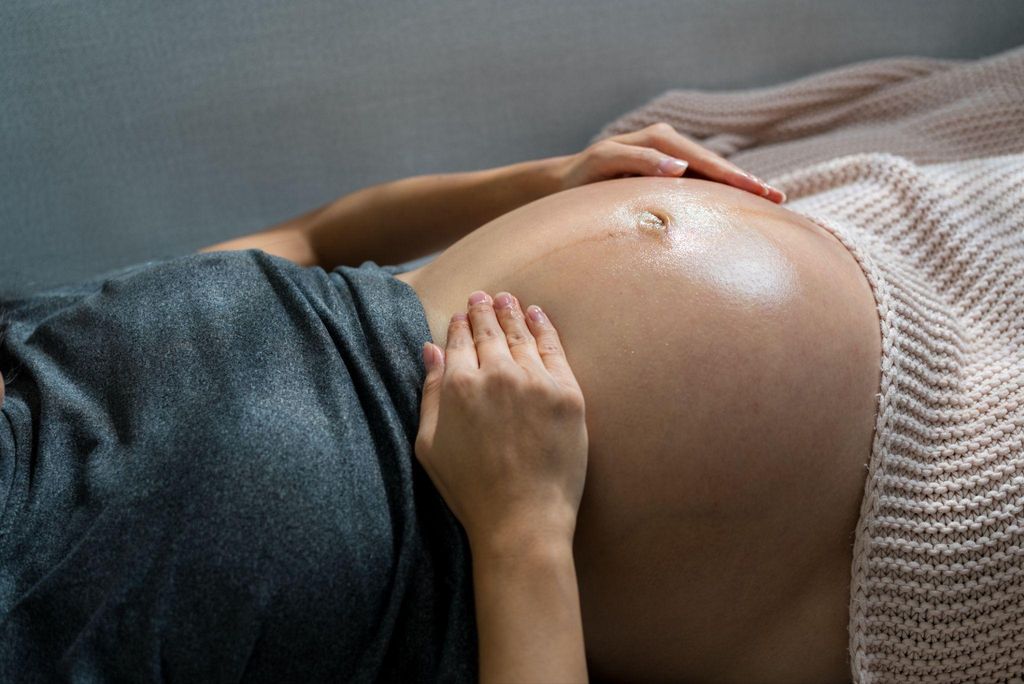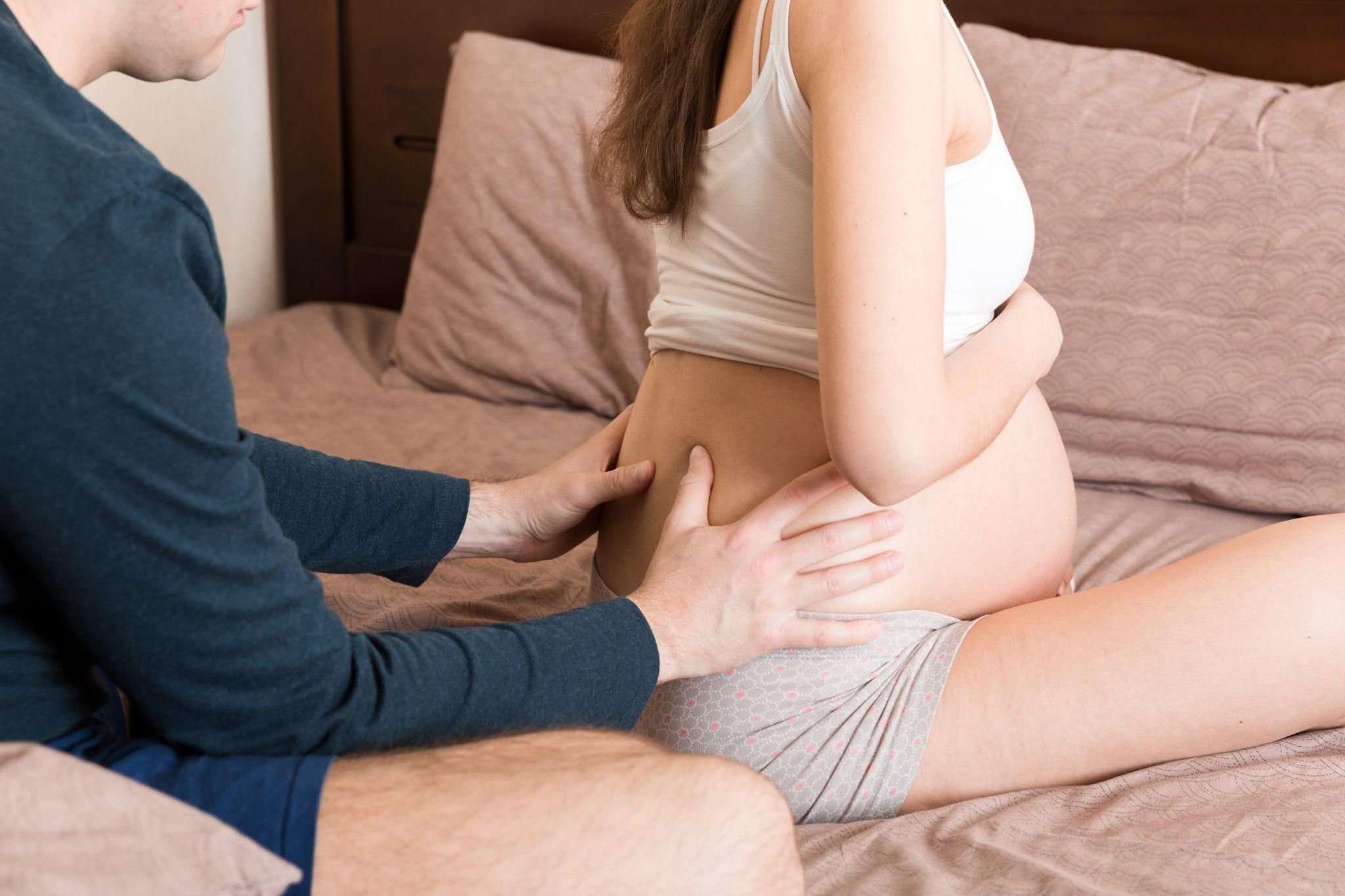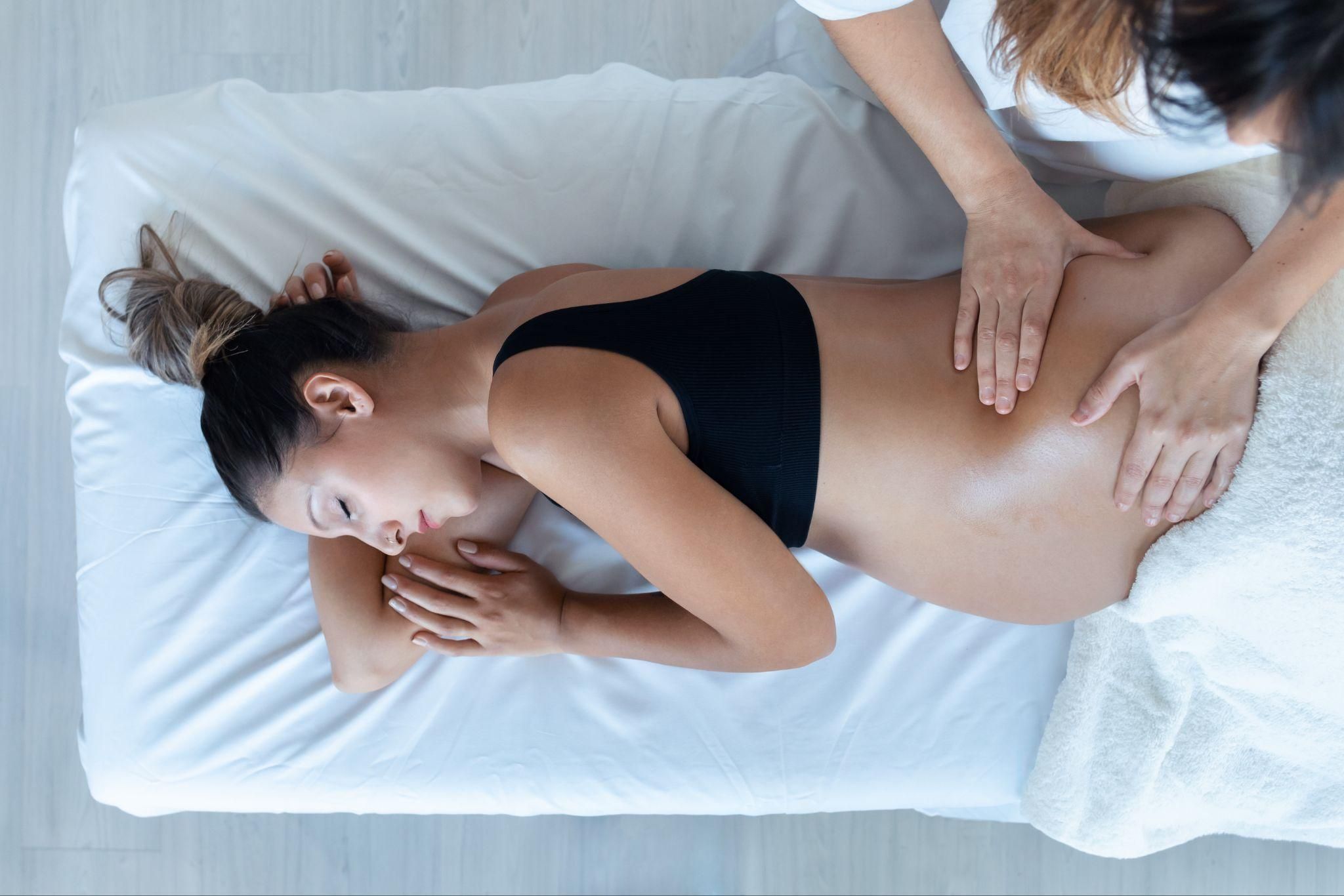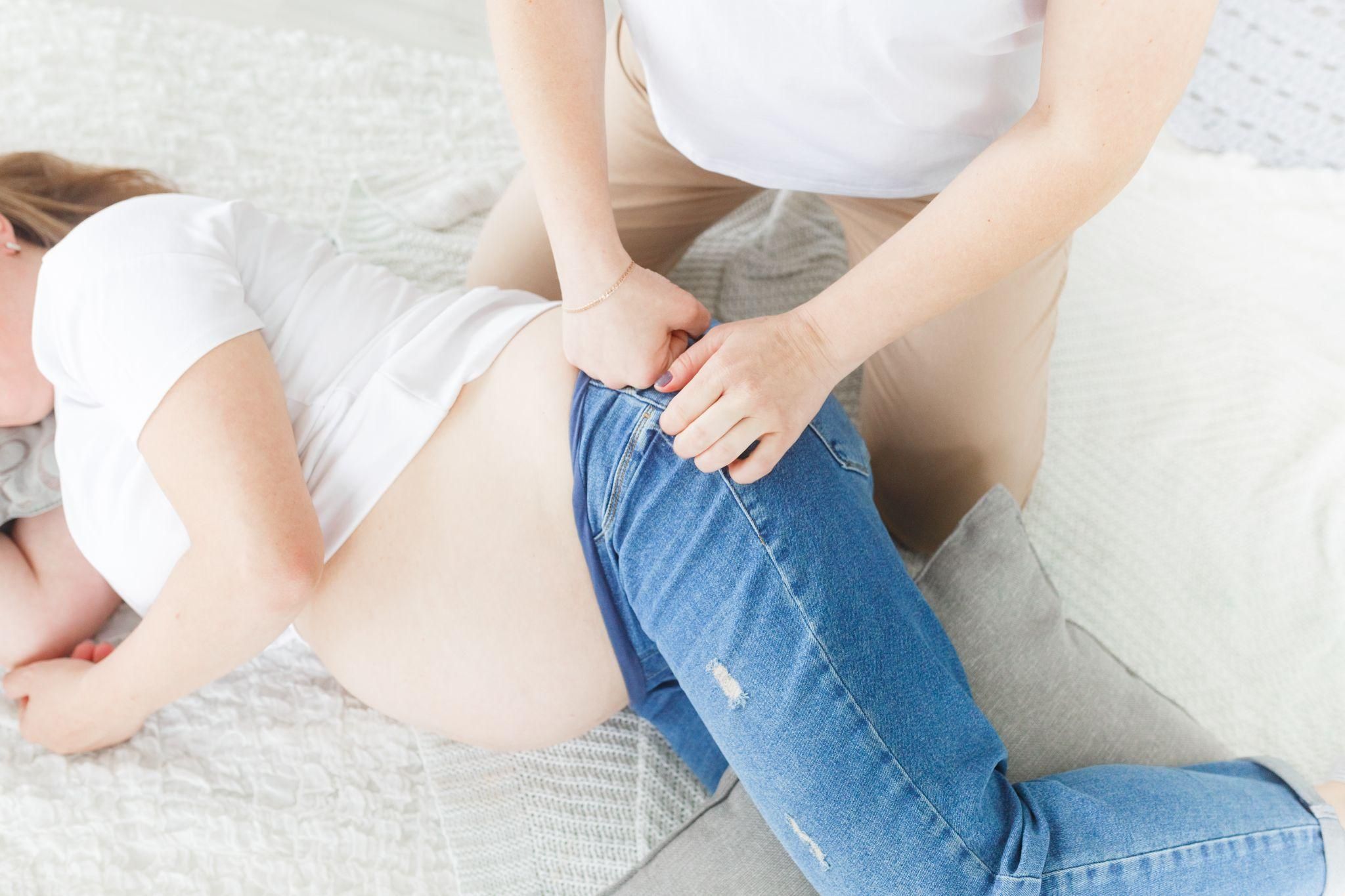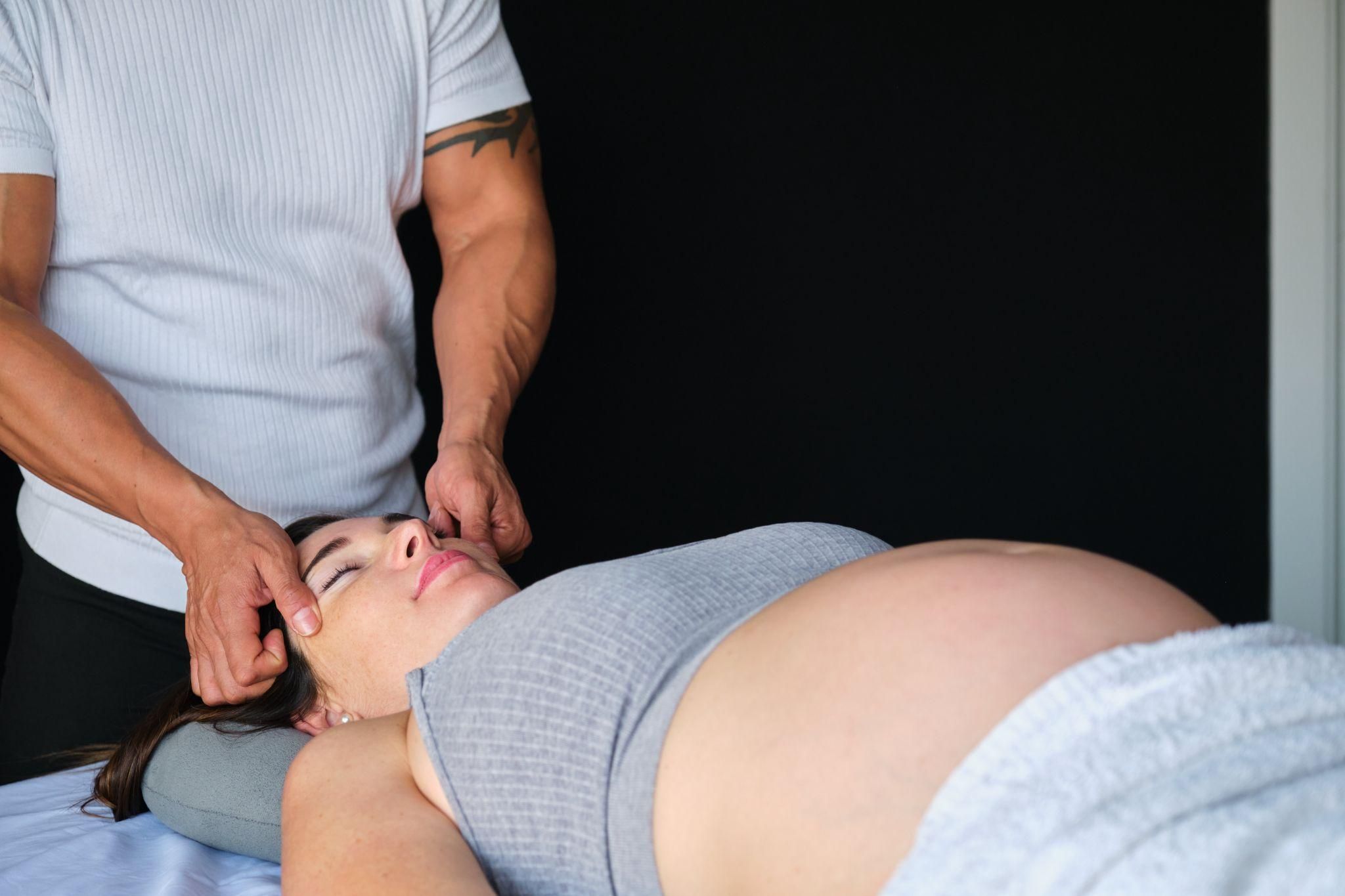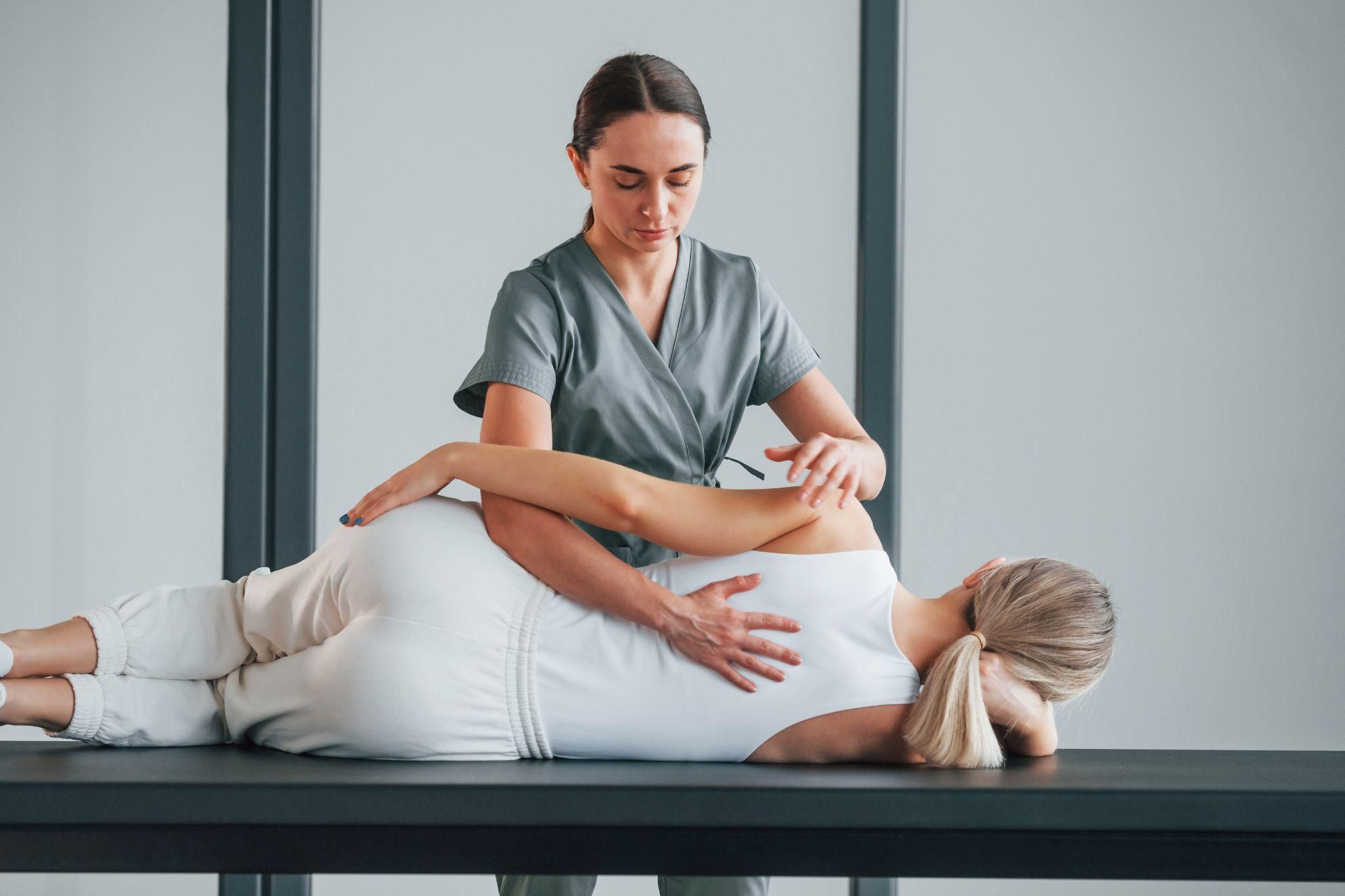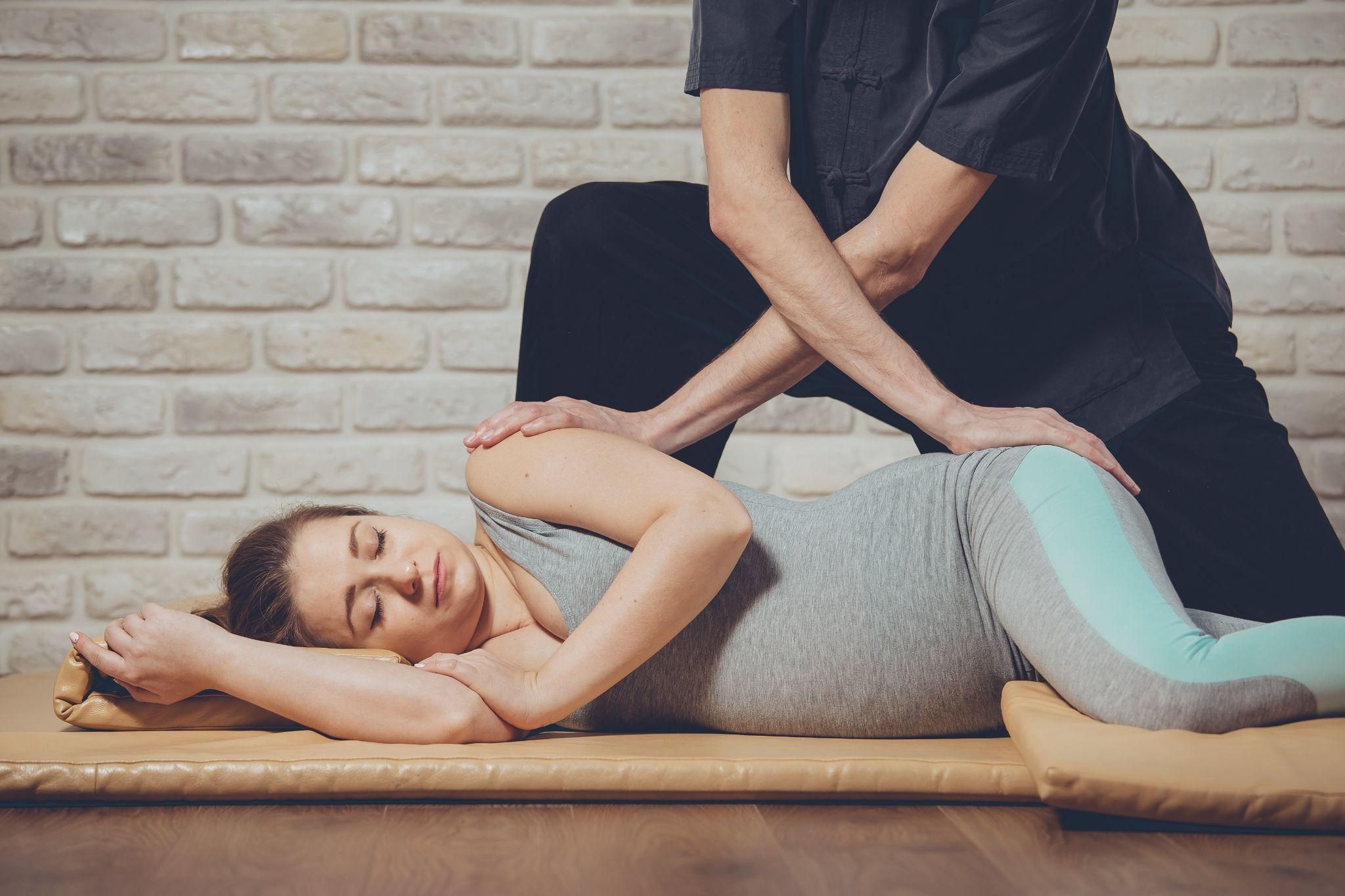Antenatal massage, or pregnancy massage, is often touted as a soothing way to relieve the aches, pains, and stress that can come with carrying a baby. But, naturally, one of the first questions on an expectant mum’s mind is: Is it safe? Pregnancy brings so many physical and emotional changes, so it’s essential to know which treatments and activities are beneficial and which to avoid.
In this guide, we’ll explore everything you need to know about antenatal massage. From safety considerations to benefits, techniques, and what to expect, we’ll help you feel confident in deciding if antenatal massage is right for you and your bump.
What is Antenatal Massage?
Antenatal massage is a gentle, tailored form of massage specifically designed for expectant mothers. It’s intended to relieve muscle tension, reduce swelling, promote relaxation, and help alleviate some of the common discomforts of pregnancy. A trained prenatal massage therapist will use techniques that avoid deep pressure and focus on gentle, soothing strokes to help mums-to-be feel more at ease.
Tip: Always consult with your doctor or midwife before booking a massage to ensure it’s suitable for your unique pregnancy needs.
Is Antenatal Massage Safe?
Safety First: When Can You Start?
Antenatal massage is generally considered safe from the second trimester onwards (from around 13 weeks). The first trimester is a sensitive time, and while there’s no definitive research that says massage is harmful during these early weeks, many therapists prefer to wait until the pregnancy is more established. Always consult your medical team before booking a session, especially if you have a high-risk pregnancy or specific health concerns.
Choosing the Right Therapist
One of the most important factors in ensuring a safe antenatal massage experience is choosing a therapist who is specially trained in prenatal massage. A qualified therapist will know which techniques are safe, which areas to avoid, and how to position you comfortably. This knowledge is key to a safe, relaxing, and supportive experience.
Safe Techniques and Positions
Antenatal massage involves gentle strokes and kneading, with careful attention to your comfort and safety. Here are some key techniques and positions to expect:
Side-Lying Position: Instead of lying flat on your back (which can restrict blood flow), you’ll lie on your side with supportive pillows under your belly, back, and knees. This position is comfortable and keeps pressure off your major veins.
Gentle Strokes: Expect lighter pressure than a regular massage. Deep tissue massage is typically avoided, as it may not be suitable for sensitive, hormone-influenced muscles and joints.
Avoiding Pressure Points: Certain pressure points, particularly around the wrists and ankles, are believed to potentially stimulate contractions. A trained therapist will know to avoid these areas, ensuring your experience is relaxing and safe.
Conditions to Consider
While antenatal massage is generally safe for most healthy pregnancies, there are conditions where it might not be advisable. Your doctor may recommend avoiding massage if you experience any of the following:
High-risk pregnancy
Preeclampsia or high blood pressure
A history of miscarriage
Placenta previa (where the placenta covers the cervix)
Blood clotting disorders
In these cases, other relaxation methods like prenatal yoga or guided meditation may be safer alternatives. Always consult your doctor or midwife if you have any concerns.
Benefits of Antenatal Massage
Antenatal massage offers a range of benefits for both physical and mental well-being. Let’s dive into some of the main perks:
1. Eases Muscle Aches and Joint Pain
As your body grows and changes, you may find that your back, shoulders, hips, and legs feel more strained. Massage can gently ease this tension, helping relieve pain and making daily activities more comfortable.
2. Reduces Swelling and Fluid Retention
Swelling, especially in the ankles, feet, and hands, is common during pregnancy due to increased blood volume and fluid retention. Massage stimulates the lymphatic system, helping to reduce fluid build-up and ease the sensation of “heavy” or swollen legs.
3. Improves Circulation
With a growing bump, circulation can slow, particularly in your legs and feet. Gentle massage boosts circulation, bringing oxygen and nutrients to your muscles and tissues, and supporting better energy levels.
4. Supports Mental Well-being
Pregnancy can be emotionally demanding, and taking time for self-care is essential. Antenatal massage encourages the release of endorphins, the body’s “feel-good” hormones, which help reduce stress, anxiety, and even promote better sleep.
5. Enhances Flexibility and Mobility
Gentle massage can improve muscle flexibility and joint mobility, making it easier to move comfortably as your bump grows. Increased flexibility can also be helpful as you approach labour, helping to ease strain and prepare your body for the physical demands of childbirth.
Commonly Asked Questions About Antenatal Massage
How Often Should I Get an Antenatal Massage?
There’s no set rule, but many mums-to-be find that monthly massages work well in the second trimester, and fortnightly or even weekly sessions in the third trimester as the body prepares for birth. It’s all about what feels right for you and your schedule.
Are Oils and Lotions Safe During Pregnancy Massage?
Most therapists use hypoallergenic and unscented oils or lotions to minimise any risk of sensitivity. If you have any particular allergies or preferences, you can discuss them with your therapist beforehand. Some mums also prefer certain scents that promote relaxation, like lavender or chamomile, but make sure to ask if these are suitable for pregnancy.
Can Antenatal Massage Help with Labour Preparation?
While massage can’t guarantee an easier labour, it can help prepare your body and mind by promoting relaxation, reducing stress, and enhancing flexibility. Regular massages may help you feel more physically prepared, but remember, every labour journey is unique.
Preparing for Your Antenatal Massage
Ready to book your antenatal massage? Here are a few tips to help you get the most out of it:
Stay Hydrated: Drink plenty of water before and after your massage to help flush out toxins.
Dress Comfortably: Wear loose, comfortable clothing that’s easy to change out of, as this will make the experience more relaxing.
Share Any Concerns: If you have particular pain points or concerns, let your therapist know so they can tailor the massage to your needs.
Use the Session to Focus on Breathing: Deep breathing enhances relaxation, so try to focus on slow, mindful breaths throughout your massage. It can add to the calming experience and help you feel more present.
Alternatives to Antenatal Massage
If massage isn’t suitable for you, or if it doesn’t feel quite right, there are other ways to support your body during pregnancy:
Prenatal Yoga: This gentle exercise helps improve flexibility, reduce tension, and promote relaxation through safe poses and breathing techniques.
Warm Baths: Soaking in a warm (not hot) bath with Epsom salts can help ease sore muscles and promote relaxation.
Self-Massage: Light self-massage on your legs, arms, and neck can offer relief and help boost circulation, especially if swelling is a concern.
Final Thoughts: Embracing the Benefits of Antenatal Massage
Antenatal massage offers an opportunity to relax, unwind, and connect with your body as it goes through the changes of pregnancy. By relieving physical tension, promoting mental well-being, and encouraging self-care, it can be a wonderful addition to your prenatal routine. Just remember, as with all things during pregnancy, check with your doctor or midwife first and choose a qualified therapist who specialises in pregnancy massage.
Whether you’re seeking relief from back pain, swollen feet, or simply a peaceful break, antenatal massage can be a valuable support. Take the time to enjoy this gentle, nurturing experience—it’s a way of caring for both yourself and your little one as you prepare for the exciting journey ahead.
References
- The Ultimate Antenatal Classes
Prepare for labour, birth, and baby care with nine experts, including senior NHS midwives and an award-winning obstetrician!
https://unii.com/en/journey/ultimate-antenatal-classes

